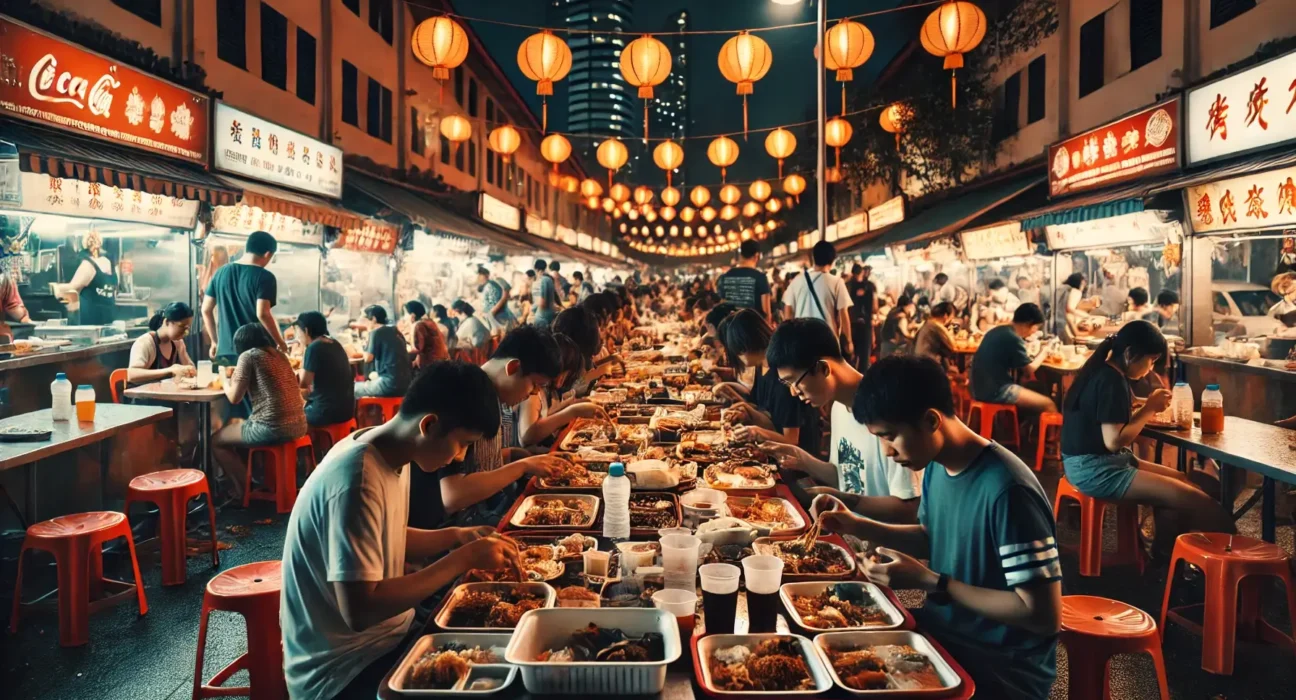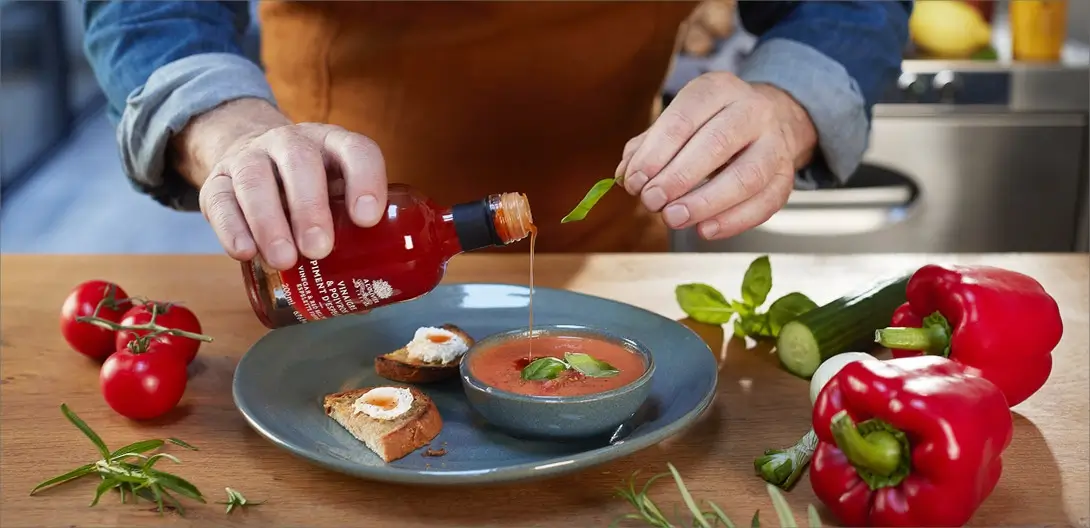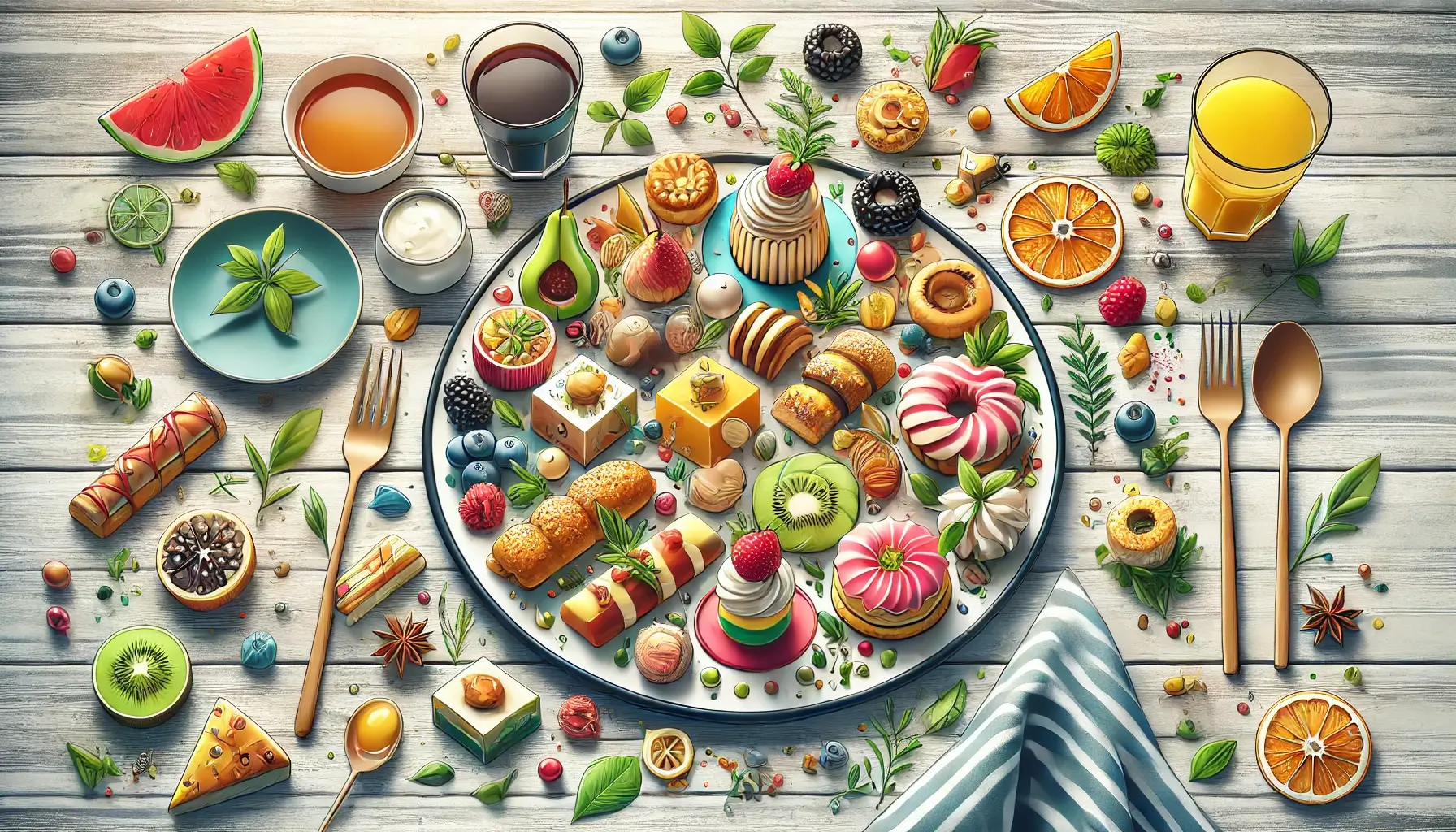Chinatown is the hub of gastronomic diversity: the savoury, the sweet, and the exceptional all come together. But aside from the crackling woks and steaming bamboo baskets, a subculture of frugal foodies throngs for the underutilized and overpassed: the hawker leftovers. The book intends to guide one into the responsible consumption of Chinatown’s hawker leftovers within a budget, full of adventure and taste.
Hawker leftovers aren’t about diving into waste bins or scavenging scraps. Instead, they often refer to perfectly edible food that vendors prepare in excess or items nearing the end of their prime display time. Think of it as hawker fare that didn’t find a customer before the day’s rush was over, still safe to eat but no longer fetching full price. The practice of purchasing these leftovers not only prevents food waste but also allows diners to enjoy iconic Chinatown hawker leftovers consumption dishes at a fraction of their regular cost.
The Culture of Food Resilience in Chinatown
Historically, Chinatown communities worldwide have thrived on resourcefulness. Early immigrants brought a tradition of making the most out of every ingredient, repurposing yesterday’s roast into today’s hearty soup. This ethos of waste-not-want-not often extends to modern hawker centres, where vendors and regular patrons alike recognize the value of a second chance for a meal.
This cultural perspective transforms the consumption of hawker leftovers from a matter of mere thrift to one of culinary stewardship. By giving surplus food a new home, you’re partaking in a longstanding tradition of maximizing value and preserving the legacy of Chinatown cuisine.
Why Choose Hawker Leftovers?
Affordability
For those on a budget, hawker leftovers can be a blessing. Vendors often mark down prices significantly toward the end of the day, meaning you can savour dishes like char kway teow, chicken rice, or laksa without breaking the bank. A dish costing $5 at peak hours could cost as little as $2 or $3 later.
Reducing Food Waste
Every portion of leftover hawker food consumed is one less portion sent to landfill. This small act of sustainable dining can make a big difference. When more diners choose leftovers, vendors are less likely to throw out unsold food, helping to reduce the hawker industry’s overall environmental footprint.
Supporting Local Businesses
Purchasing leftovers is a subtle yet meaningful way of supporting hawker vendors. Instead of leaving them with unsold inventory, you help ensure they recover their costs and can continue offering affordable meals to the community. In this way, eating leftovers contributes to the financial well-being of the hardworking hawkers who make Chinatown a foodie paradise.
How to Find Hawker Leftovers?
Navigating the Chinatown hawker leftovers consumption landscape takes timing, strategy, and a keen eye. Here’s how you can get started:
Know the Peak Hours
Most hawker stalls operate on a predictable schedule. Lunchtime and early dinner hours see the highest traffic. To find leftovers, arrive toward the tail end of these rush periods, often around 3-4 PM or after 8 PM. Vendors are more willing to offer discounts or sell off surplus portions during these slower times.
Build Relationships with Vendors
Regular visits to the same stalls can pay off. Over time, you’ll get to know the vendors and their routines. They might even set aside leftover items for you, knowing you’ll stop by at the end of the day. This friendly rapport often leads to better deals and insights into the best-tasting leftovers available.
Look for “Last Call” Specials
Some hawker centres have unofficial “last call” times when vendors openly announce discounted prices for remaining food. Listen for vendors calling out reduced prices or check for handwritten signs signalling end-of-day deals.
Visit Multiple Stalls
Not every stall will have leftovers, so don’t be afraid to wander. Certain dishes, like fried noodles or steamed buns, tend to keep better as leftovers than delicate, fresh-made items. By scouting different stalls, you increase your chances of finding satisfying options.
What to Expect from Hawker Leftovers?
Hawker leftovers are typically stored and served differently than food prepared on the spot. While many items retain their flavor and texture, some might require reheating or creative repurposing at home. It’s important to approach leftovers with an open mind—these dishes might not always look pristine, but their taste often holds up remarkably well.
Noodles and Rice Dishes
Stir-fried noodles and fried rice are the most common leftovers. Although they might be slightly cooler than fresh servings, their flavours often develop with time. A quick microwave or light pan-fry can easily restore their warmth and aroma.
Dim Sum and Dumplings
Steamed items like dumplings and buns can be refreshed by steaming them again or pan-searing for a crispy edge. Their fillings, from pork to shrimp, usually remain delicious even after sitting for a few extra hours.
Curries and Stews
If you are lucky, you might find curries, rendang, or laksa still available as leftovers. These dishes benefit from rest as their flavours meld and intensify. Reheating them slowly over low heat ensures the flavours remain vibrant and satisfying.
Grilled and Fried Items
Grilled satay or fried snacks like spring rolls may lose some crispness, but their robust seasoning often makes up for it. A quick trip to a toaster oven or air fryer can restore some of that original crunch.
Best Practices for Consuming Hawker Leftovers
When indulging in chinatown hawker leftovers consumption, a few guidelines will help you enjoy them safely and responsibly:
Check for Freshness
Even discounted food should look and smell appetizing. Avoid items that appear dried out, discoloured, or have an off odour. When in doubt, it’s better to pass.
Bring Your Containers
Some vendors might not have spare packaging for leftovers. Bringing your own containers ensures you can transport the food safely and reduces single-use plastics.
Reheat When Necessary
While many hawker leftovers are safe to eat, reheating them properly reduces the risk of foodborne illnesses. A quick zap in the microwave or a gentle simmer on the stove can make all the difference.
Enjoy Soon After Purchase
While leftovers are convenient, they’re not designed to last for days. Plan to eat them the same evening or the next day at the latest. Storing them correctly in the fridge and reheating them thoroughly will help maintain their quality.
Respect the Vendors
Politeness goes a long way. When asking about leftovers, be courteous and understanding. Some vendors may hesitate to sell discounted portions if they feel it could hurt their reputation. A respectful approach ensures everyone benefits from the transaction.
Making the Most of Your Hawker Leftovers Experience
Consuming hawker leftovers isn’t just about saving money or reducing waste—it’s a celebration of Chinatown’s culinary heritage. By embracing the art of leftover consumption, you’re preserving the rich tapestry of flavours and techniques that make Chinatown’s hawker culture so special.
Consider documenting your experience. Share your adventures in finding, reheating, and enjoying hawker leftovers on social media or a personal blog. Your insights could inspire others to appreciate the value of leftovers and join the movement toward a more sustainable and inclusive dining culture.
Moreover, encourage friends and family to try it out. The more people support buying hawker leftovers, the stronger the message to vendors that their efforts and ingredients are cherished. Over time, this mutual respect between diners and hawkers will help maintain the vibrancy and affordability of Chinatown’s beloved hawker centres.
Conclusion
Chinatown hawker leftovers consumption offers more than just a budget-friendly meal—they provide a gateway into a longstanding tradition of resourcefulness, community, and culinary excellence. By understanding the culture, timing, and best practices behind leftover consumption, you’ll savour the rich flavours of Chinatown’s hawker delights and contribute to a more sustainable and respectful food ecosystem. So the next time you wander through Chinatown’s bustling lanes, don’t overlook the quiet treasures waiting at day’s end—those hawker leftovers might be your new favourite feast.
More to Read: Artofzio






